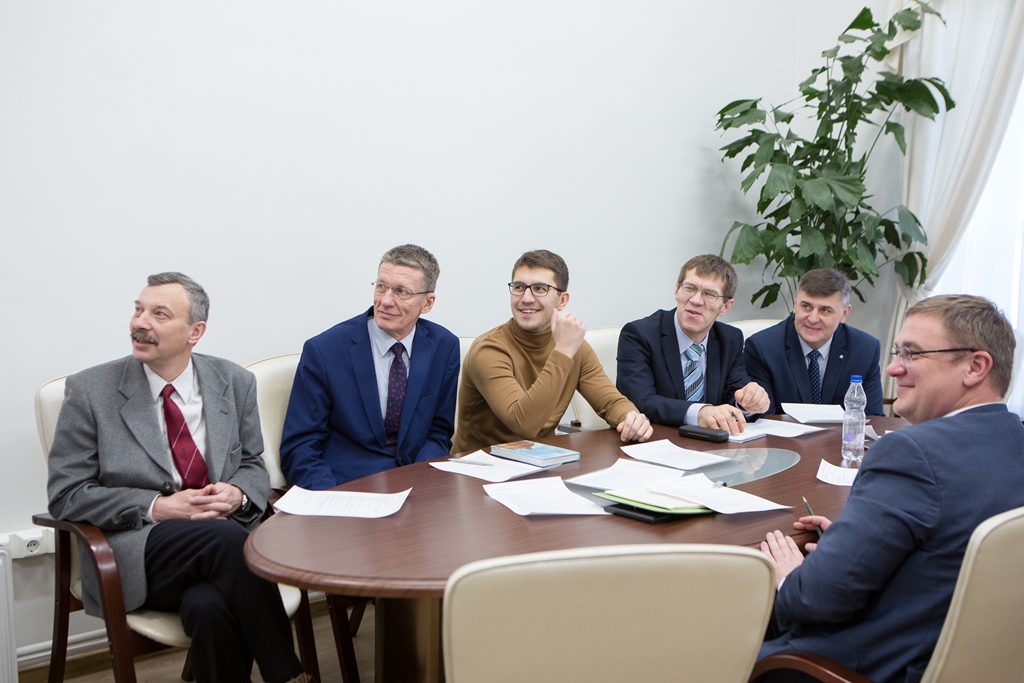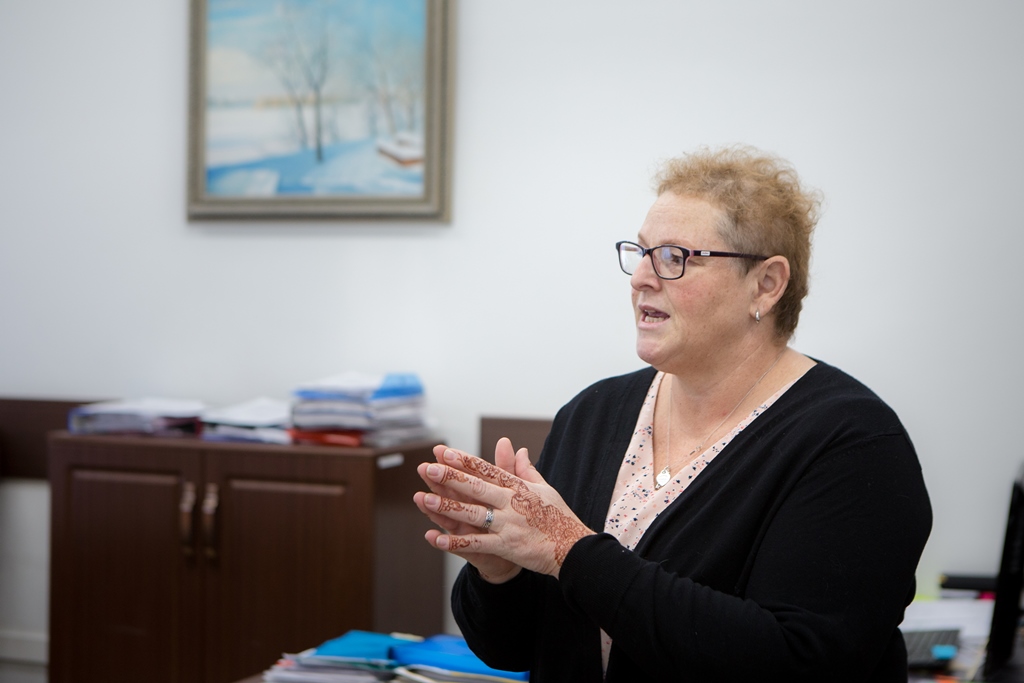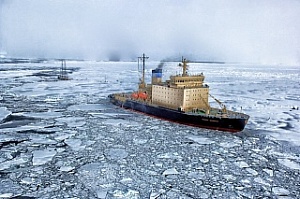A workshop of the CRENAME (Consortium of Researchers & Experts in North and Arctic Marine Ecosystems Oil Contamination) was recently held at TSU, its task to develop tools for restoring northern and arctic ecosystems. The participants discussed the roadmap of the project to create the first rehabilitation technology for bottom sediments of the oceans polluted with oil. In addition, the consortium intends to develop standards and legal frameworks that will regulate issues related to the cleaning of bottom sediments in the Arctic seas.
- Active extraction of hydrocarbons in marine conditions has been going on for half a century, but no one has yet proposed an effective tool for cleaning bottom sediments, - says Danil Vorobiev, Director of the TSU Biological Institute. - After leaks of raw materials that occur as a result of tanker accidents and emergency situations on the oil platforms, oil is collected only from the surface of the water. At the same time, a significant amount of hydrocarbons (up to 60 %) accumulates at the bottom and poisons the ecosystem. Our goal is to work in tandem with our colleagues from the organizations that have joined the consortium to develop simple and effective tools for surveying and cleaning bottom sediments.

Scientists from TSU, Murmansk Marine Biological Institute, Northern (Arctic) Federal University named after MV Lomonosov, and the University of Aberdeen (Scotland) will solve this problem. The new technology will be based on the method created by TSU biologists for cleaning continental water bodies that will be adapted for the Arctic. First, scientists will conduct a series of studies that will obtain data on the behavior of oil in the Arctic seas. This information will allow developers to provide the new technology with the necessary functional characteristics.
For express diagnostics of polluted areas of the sea, it is planned to adapt the automated complex AeroSchup, created at the TSU Biological Institute and already tested on bodies of water in the Khanty-Mansi Autonomous Okrug, the Yamalo-Nenets Autonomous Okrug, the Komi Republic, and the Tomsk and Kemerovo Regions.
In the future, the consortium’s developments can be used to eliminate the consequences of abnormal situations in the Arctic. Its ecosystems determine the Earth's climate, while they are distinguished by low stability and react quickly to anthropogenic impact. The technologies that CRENAME has begun to work on will help reduce the environmental burden.
In addition, the consortium will work in the legal arena. Currently, there are international and domestic laws that regulate situations involving oil leaks, but they concern only the pollution of the surface of the seas.
- Most of the oil sinks to the bottom, where it continues to have a toxic effect on the flora and fauna. However, no one is responsible for this because there are no standards for pollution of bottom sediments of the seas, - said Tina Hunter, head of the consortium, director of the Aberdeen University Centre for Energy Law, and a visiting professor at TSU. - The consortium will be the first organization to conduct the research needed to create a regulatory framework. The legislation, which will be developed in Russia, will be needed also by other Arctic countries - the USA, Canada, and Norway.


